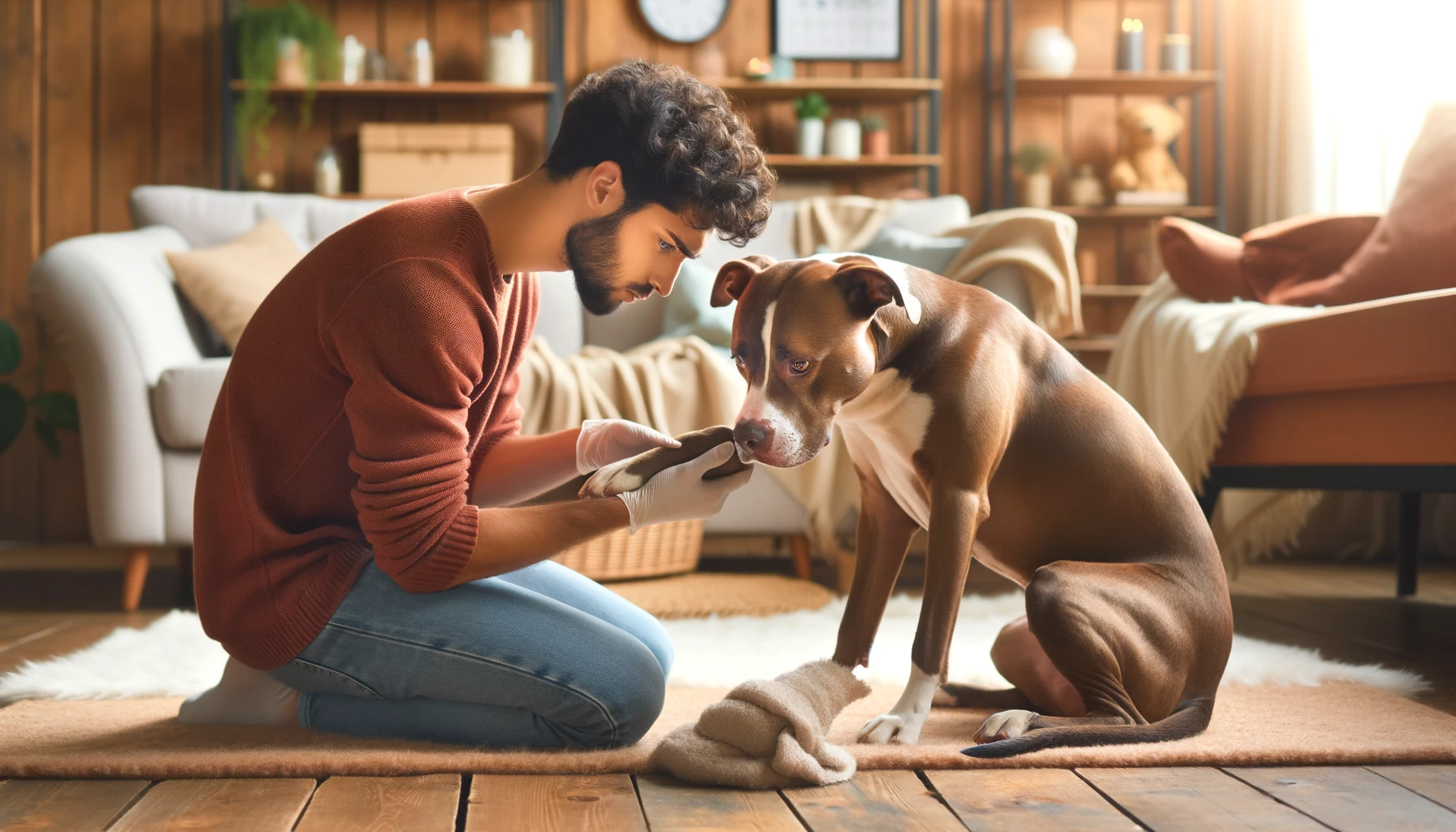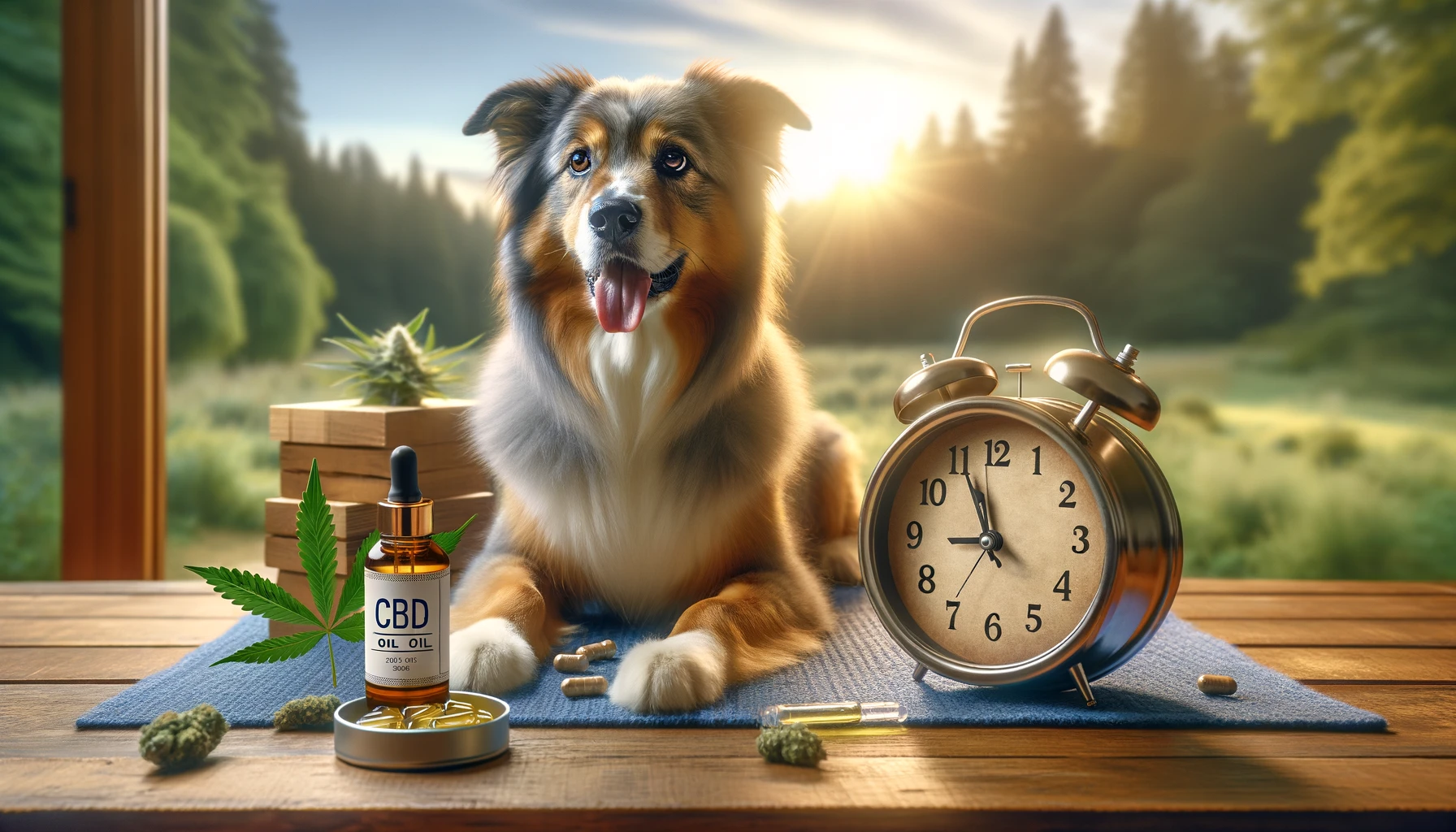
Dog Not Eating? 8 Possible Causes & How To Resolve Them
Most dogs devour their meals as soon as the bowl hits the floor, so it can be quite distressing when they suddenly stop eating.
While an otherwise healthy dog can go several days without food, it is important to address appetite changes sooner rather than later. Most causes are mild and resolve on their own, but not eating may also be a symptom of a serious illness.
Normal Canine Eating Habits
Wolves and wild dogs are primarily carnivorous, although they do get some vegetation from the digestive tracts of the prey animals they eat. Since food is sometimes scarce, wild canines eat whenever they can.
Like their ancestors, some domestic dogs eat too quickly, which may result in regurgitation. There are several products designed to slow speedy eaters, but unfortunately there is no magic solution when a dog won’t eat.
In this post, we will explore the most common reasons dogs stop eating, and how you can help them regain their appetites.
Why Is Your Dog Not Eating?
1. Overfeeding
If your dog is not a foodie, you may be tempted to simply fill the bowl and forget it. However, dogs that “graze” throughout the day tend to take in more calories than those that eat measured meals. Since you only see your dog pick out a few bites here and there, it may seem as if he is not eating well, when in reality, he is overeating!
If you follow the feeding guidelines on the bag or can, you may also find yourself inadvertently overfeeding your pup. The goal of pet food companies is to sell as much food as possible, so they tend to over-estimate the amount of food your dog needs.
To find out how much your dog should truly be eating, ask your veterinarian. He or she will take age, size, activity level, and ideal weight into account to provide you with accurate feeding guidelines.
2. Too Many Treats
You know how snacking can ruin your dinner? The same is true for your dog! A few treats throughout the day may not seem like much, but those calories add up, especially when your dog only weighs a dozen pounds or so.
According to Dr. Rex Riggs of Embrace Pet Insurance, most dogs need about 25 to 30 calories per pound per day to maintain their weight. For a ten pound pooch that’s just 250 to 300 calories.
When you consider that a single Beggin’ Strip contains 40 calories, it’s easy to see how a few treats can affect your dog’s appetite.

3. “Picky” Behavior
Some dogs are choosier than others, especially if they receive frequent treats or table scraps. Rather than indulging your dog’s stubborn behavior, choose a balanced, high-quality diet and stick to it.
However, if the pickiness is new, it could mean your dog is sick or under stress. Are there any additional symptoms accompanying the lack of appetite? Vomiting? Diarrhea? Constipation? If so, it is time to see the vet.
If you can rule out illness, consider whether there have been any recent lifestyle changes. Have you started using a new bowl or changed its location? Perhaps house guests or a change in work schedule are upsetting your dog’s routine?
4. Stress
As mentioned above, stress can certainly impact your dog’s appetite. Sometimes changes that seem insignificant to you can greatly affect your dog. For example, moving the feeding dish from the kitchen to the laundry room exposes your pup to new sights, sounds, and smells. Depending on the dog, this could be enough to cause them to stop eating.
Keep in mind, dogs are extremely intuitive. Even if your household routine is the same, your pup may be picking up on your stress.
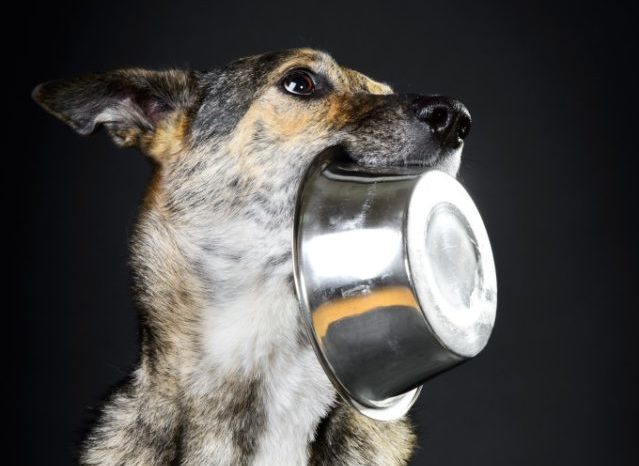
5. Dental Pain
It’s possible dental disease is the reason behind your dog not eating. After all, no one wants to eat when they have sore teeth or gums.
Most dogs have some level of periodontal disease by the time they are three-years-old. Signs include bad breath, red or swollen gums, and yellow or brown plaque on the teeth. You may also notice your dog trying to eat, but chewing on only one side of the mouth or swallowing the pieces whole.
If your dog is displaying signs of dental disease, do not attempt treatment at home! Visit your vet for a dental checkup. He or she will determine if your dog needs tooth extractions or a professional cleaning. The staff will also show you how to care for your dog’s teeth from that point forward.
6. Recent Vaccination or Medication
Did you know side effects like soreness, lethargy, poor appetite, and even nausea are normal up to 48 hours after a vaccination? As long as your dog recovers within a day or two and does not suffer from serious side effects like convulsions, facial swelling, or difficulty breathing, there is no need to return to the vet.
Certain medications may also make your pup feel under the weather. Some cause nausea or upset stomach while others may make them excessively sleepy. If your dog not eating coincides with a new medication, discontinue the drug and contact your vet for advice.
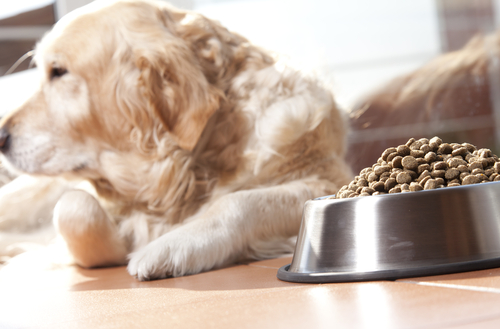
7. Normal Aging Changes
As dogs age, they tend to become less active. Less running, jumping, and playing means they require less calories. If your dog is heading into his senior years, his low appetite may just be a normal aging change.
8. Illness
Last, but certainly not least, appetite changes could mean there is something wrong within your dog’s body. Watch for additional symptoms such as vomiting, diarrhea, lethargy, etc., and when in doubt, seek veterinary care.
Illnesses that may cause a dog to stop eating include:
- Pancreatitis
- Gastritis
- Dietary Indiscretion (eating something toxic, non-food, or rotten)
- Poisoning
- Various Systemic Infections
- Pain
- Inflammatory Conditions
- Liver Disease
- Kidney Disease
- Certain Cancers

How Long Can A Dog Go Without Eating?
Depending on health and circumstances, dogs can last up to five days without eating before they pass away. However, you certainly do not want your dog to go nearly this long without seeking veterinary care!
Sometimes not eating for 24 – 48 hours is just what a dog’s system needs to reset itself during an illness. If your dog’s appetite is still poor, head to the vet for a physical exam and diagnostic testing.
What To Do If Your Dog Won’t Eat
If you suspect your dog is not eating because of pickiness or behavioral issues, try these simple tips:
- Cut back on treats.
- Feed at the same times every day.
- Make mealtimes fun with treat-dispensing toys and dog puzzles.
- Play or take a walk before mealtimes to work up your pup’s appetite.
- Change your dog’s feeding situation (separate from other pets at mealtimes; try different bowls, etc.)

However, if your dog’s poor appetite is ongoing, or you suspect it is related to changes in age or health:
See your vet.
It may seem like a no-brainer, but many dog owners wait far too long before seeking veterinary care. Dogs can be quite stoic and hide the symptoms of illness, giving pet parents a false sense of security.
Still, no one knows your dog better than you. If your dog is not eating, it is always best to seek answers sooner rather than later.
Increase nutrient intake with bone broth.
Dogs that are very small, old, or frail cannot go as long without food as their younger, healthier counterparts. If you cannot get your pooch to eat consistently, try making bone broth.
This rich, meaty mixture provides a whopping dose of essential nutrients like amino acids, potassium, zinc, and calcium. It also adds much-needed calories and hydration to stave off further illness.
Best of all, dogs love it! Many people find that adding bone broth to the food of a senior dog or one recovering from surgery or illness reignites their appetite.
Learn to make your own bone broth or purchase it in powder form.
Stimulate appetite with CBD oil.
Appetite stimulation and nausea relief are among the lesser-known benefits of CBD oil for dogs. You may have heard of human patients using medicinal marijuana to reduce their pain and nausea during chemotherapy. As an additional benefit, cannabis also stimulates the appetite.
Marijuana has high levels of THC, the cannabinoid that makes you high. However, CBD oil is derived from hemp, a form of cannabis that is virtually THC-free and much safer for dogs. It does not cause psychoactive effects, but still offers similar medicinal benefits.
Here’s how it works:
CBD interacts with the endocannabinoid system (ECS), a network of specialized receptors within the organs, glands, brain, and nervous system of all mammals. It helps maintain balance within the body by regulating functions such as sleep, pain, immunity, and appetite.
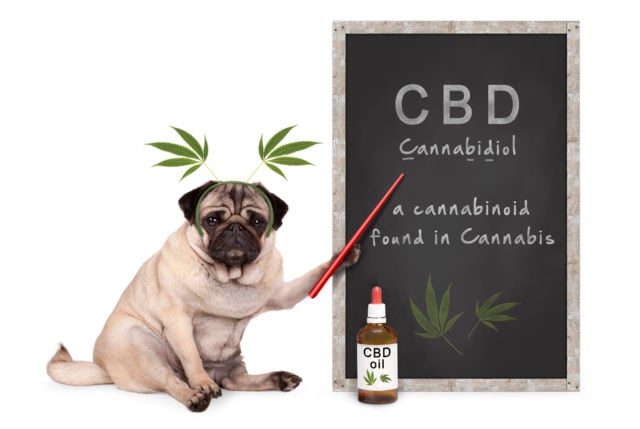
CBD Oil Is Especially Effective For Dogs That Are Not Eating
Dogs have millions of neurons as well as cannabinoid receptors within their gut, making digestive issues especially responsive to CBD.
CBD Alleviates Anxiety
As mentioned above, dogs sometimes stop eating due to stress and anxiety. CBD induces the endocannabinoid system to increase the availability of serotonin, the “feel-good” chemical. It works on the serotonin system in much the same way as anti-anxiety drugs like Prozac and Zoloft, without the potential side effects.
CBD Reduces Inflammation
Inflammation is the body’s way of fighting off infection and foreign substances in times of injury or illness. If your dog is avoiding food due to an inflammatory condition like gastritis, pancreatitis, or inflammatory bowel, CBD can help.
Not only does it reduce inflammation and alleviate painful symptoms, CBD limits the need for NSAID drugs and their harmful side effects.
CBD Relieves Nausea
Studies show that CBD for dogs can help with vomiting and nausea by indirectly activating a neurotransmitter in the body.
CBD Helps Produce Appetite-Stimulating Hormones
There are two main hormones that control canine appetite – ghrelin and leptin. Ghrelin lets dogs know when it it time to eat by stimulating the appetite, and leptin tells them when they are full.
CBD interacts with receptors in the hypothalamus to regulate the production of these hormones, helping to normalize feelings of hunger and satiety.
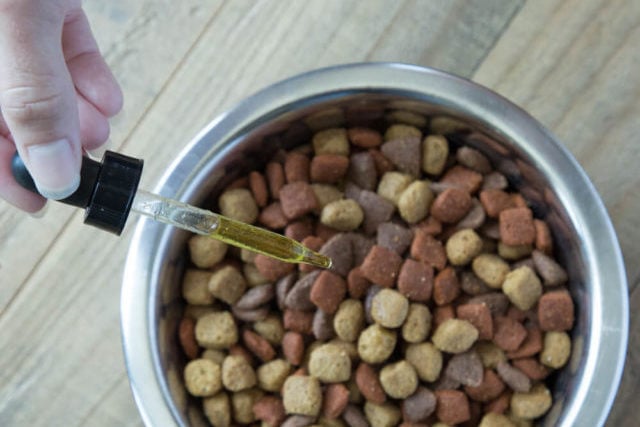
Which CBD Oil Should You Choose If Your Dog Won’t Eat?
With all the promising studies regarding CBD oil, it’s no wonder the market is saturated with competing products. When choosing CBD for your pet, you want an oil specifically created for the unique needs of dogs and cats.
While most CBD oils contain trace amounts of high-inducing THC, Cananine™ Organic Full Spectrum CBD Oil from Hemp has a THC concentration of 0.0%. This is essential for protecting your dog against THC toxicity. We even have each batch laboratory tested to ensure purity and safety.
In addition, Cannanine is made with 100% organic Colorado hemp. Our oil contains only human-grade ingredients and is free from GMOs and impurities such as heavy metals, bacteria, and mold.
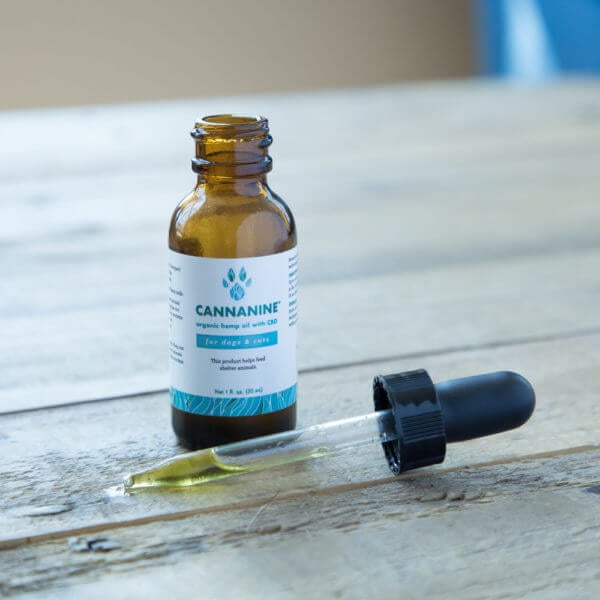
Cananine™ Organic Full Spectrum CBD Oil from Hemp is legal in all 50 states, safe for everyday use, and gives back to dogs in need. Each bottle sold provides 7 meals to pups awaiting their forever homes in American shelters!
Best of all, it works. According to Cannanine customer Julie, her elderly pooch Mo’s appetite was declining. Julie tried adding different toppings to entice Mo to eat, but most days he was only eating about half as much as he should.
Thanks to Cannanine:
“His appetite is really good now,” Julie writes. “From 3 cups of food he’s now eating 6 cups with nothing added into his food!”
These statements have not been evaluated by the Food and Drug Administration. This product is not intended to diagnose, treat, cure, or prevent any disease. The information on this website is not intended to replace a one-on-one relationship with a qualified healthcare professional.

